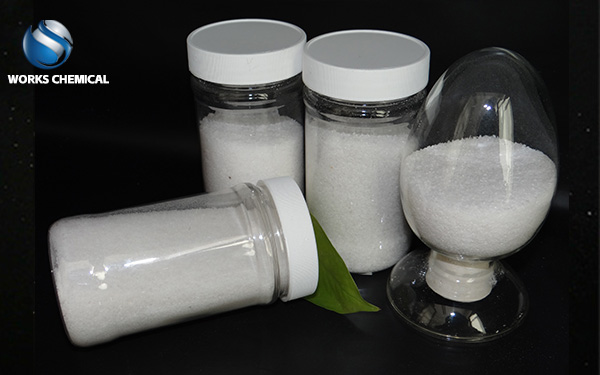
The application of sludge dewatering agent in plate and frame dewatering mainly involves the selection, concentration, dosing method and mixing degree with sewage. Here is a detailed breakdown of these aspects:

Agent selection:
The selection of sludge dewatering agents should first consider the properties of sludge. For example, for sludge with high organic content, inorganic agents such as iron oxide and aluminum sulfate can be selected for dehydration; For sludge with high salt content, salt agents such as ferric chloride and sodium chloride can be used.
Cationic polyacrylamide sludge dewatering agent is a commonly used one, its ionic degree is between 30%-60%, and it has a good effect on the common activated sludge treatment of urban and industrial sewage.
Reagent concentration:
The higher the concentration of the agent, the better the dehydration effect is usually. However, too high a concentration may cause problems such as equipment blockage and corrosion, so it is necessary to control the appropriate concentration range. The recommended concentration is about 1% ~ 5%, and the specific optimal proportion should be determined by test.
Dosing method:
The method of dosing affects the effect of dehydration. Continuous dosing can maintain certain efficacy and improve the dehydration effect; Intermittent dosing may lead to reduced efficacy. Therefore, the appropriate dosing method should be selected according to the actual situation.
Mixing degree with sewage:
The more fully the mixing degree of chemical agents and sewage, the more favorable the water molecules in the sludge to penetrate into the pores of the mud cake, so as to improve the dehydration effect. Effective mixing can be achieved by adjusting the mixing speed and mixing time.
Other points to note:
Sludge concentration and treatment temperature also affect the dewatering effect. Sludge concentration control in a certain range can achieve the ideal effect, the treatment temperature at 25 ~ 30 degrees Celsius the best effect.
Different sludge dewatering agents have strong adaptability to water quality and high acid-base tolerance, which is conducive to reducing the release of intracellular water from anaerobic reprocessing cell wall membrane, and then removing free water, bound water, capillary water and intracellular water in most biochemical sludge.
In summary, the application of sludge dewatering agents in plate and frame dewatering needs to be comprehensively considered according to many factors, such as the property of sludge, the concentration of agents, the dosing method and the mixing degree with sewage. The efficiency and quality of dewatering can be improved by selecting the appropriate reagent, controlling the appropriate concentration and dosing method, and ensuring the full mixing of the reagent and sewage.